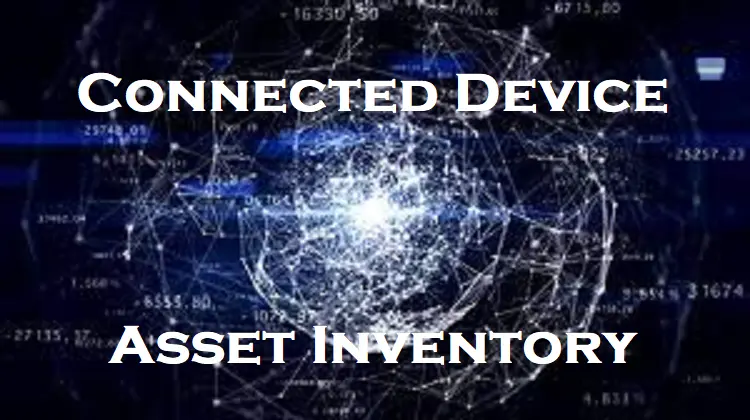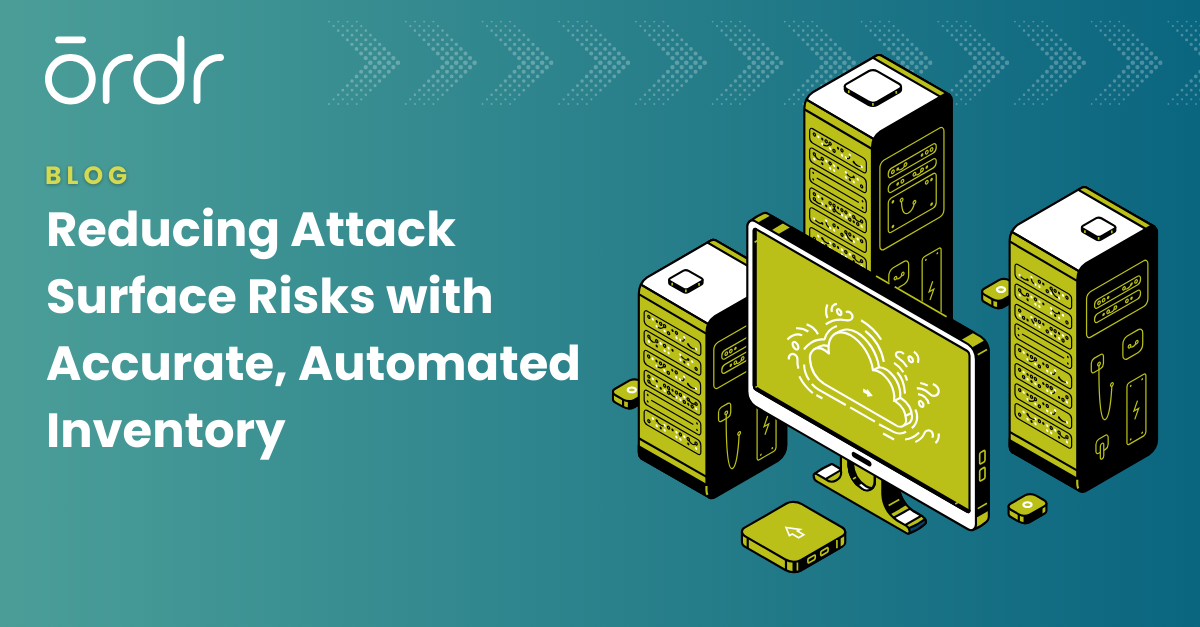Ordr Covers Your Assets with Real-Time Asset Inventory Management
Ordr is a unique and powerful platform because it addresses a plethora of visibility and security use cases for connected devices. In this series of blogs we’ll cover use cases that are top of mind for security, networking, and device owners, starting with asset inventory and management.
In conversations with CISOs and CIOs, we consistently hear the same challenges when it comes to Internet of Things (IoT), Internet of Medical Things (IoMT), operational technology (OT), and other connected devices:
- Maintaining an up to date inventory of connected devices
- Finding connected devices that are not included in inventory
- Including device details that are critical for device management and security
The lack of a complete connected device inventory leaves teams guessing when it comes to managing devices and creates big gaps resulting in unknown risk when it comes to security. Whether you’re in IT ops struggling to keep up with the constant barrage of new devices, a security pro challenged to understand and mitigate risks, or a biomed engineer in healthcare tasked with managing device deployments, updates, and usage, connected device growth presents unique challenges across your organization.
Juniper Research estimates we’ll see more than 83 billion devices deployed by 2024, a 130 percent increase from the 36 billion in use today. With this and similar growth estimates, we’re faced with the reality that IT and security challenges will continue to expand as the volume and variety of connected devices grows.
Unique Challenges of Connected Devices
Compiling and maintaining an inventory of connected devices that is up to date with all the required details is challenging due to several factors, including the number and diversity of devices, improper procurement processes, remote users, and locations behind VPNs. In addition, many connected devices are not only unmanaged but unmanageable since they do not or cannot support agents, and scanning these devices is not always an option for fear of service impact. These factors mean traditional methods aren’t an option for device discovery.
The sheer volume, variability, and mobility of connected devices means inventory and status of devices is constantly changing. Relying on manual efforts or periodic snapshots of the network to maintain a device inventory comes with an almost certain risk of inaccuracy. You need to be able to discover and track your complete asset inventory, including unmanaged devices, and you need to be able to do it in real-time.
You need to be able to discover and track your complete asset inventory, including unmanaged devices, and you need to be able to do it in real-time.
Procurement processes that aren’t aligned with IT and security add to these challenges since they can introduce devices to an environment without being properly onboarded. This results in the potential for more unknown devices on the network, some of which may not meet organizational standards for management and security. In this category are devices that are added by individuals or teams that purchase them outside of organizational protocols. In the case of healthcare it can include vendors that work directly with physicians and drop off devices for evaluation.
Remote users, and locations behind VPNs provide additional challenges. You have less insight and control over devices being connected from users working from home. IP addresses from devices connecting over VPN can change rapidly making it difficult to ensure all connected devices are properly captured in inventory.
How Ordr Helps
Ordr addresses connected device challenges with deep packet inspection (DPI), artificial intelligence (AI), and machine learning (ML) to enable a real-time asset inventory that’s accurate and always up to date. By analyzing network data, we automatically discover every device connected to the network without the need for agents and without impact to device operations. We also accurately classify every device with details such as make, model, operating system, serial number, application/port usage, and location.
Device details are sent to the Ordr Data Lake and enriched with more than 80+ integrations to form a granular and complete profile of every device in the environment. Enrichment includes data from vulnerability and threat feeds, manufacturer and FDA recalls, IT tools to help track IP address changes and user logins, and more.
With Ordr, teams not only know what’s on the network but can also identify risks such as devices with an outdated operating system, unauthorized applications, vulnerabilities, or recalls.
With Ordr, teams not only know what’s on the network but can also identify risks such as devices with an outdated operating system, unauthorized applications, vulnerabilities, or recalls. Ordr also helps identify devices with weak passwords or certificates, and those exhibiting risky behavior that might indicate an active threat. This detail, combined with other insights from Ordr, is used to calculate a risk score for each device and help teams prioritize remediation tasks such as patching and mitigation efforts like quarantining or microsegmentation.
Ordr also integrates with existing CMMS or CMDB tools to enrich details for devices that already exist in inventory, and fill in the blanks with details for devices that were missing. With Ordr, you’ll create a single source of truth for all your connected devices that is always up-to-date and accurate. With that foundation, you can start to wrap your arms around the other unique challenges associated with managing and securing connected devices. In a future post, we’ll cover more on Ordr capabilities beyond asset management.
If you’d like to get a handle on your connected device asset inventory get in touch with us to learn more.

Interested in
Learning More?
Subscribe today to stay informed and get
regular updates from ORDR Cloud




